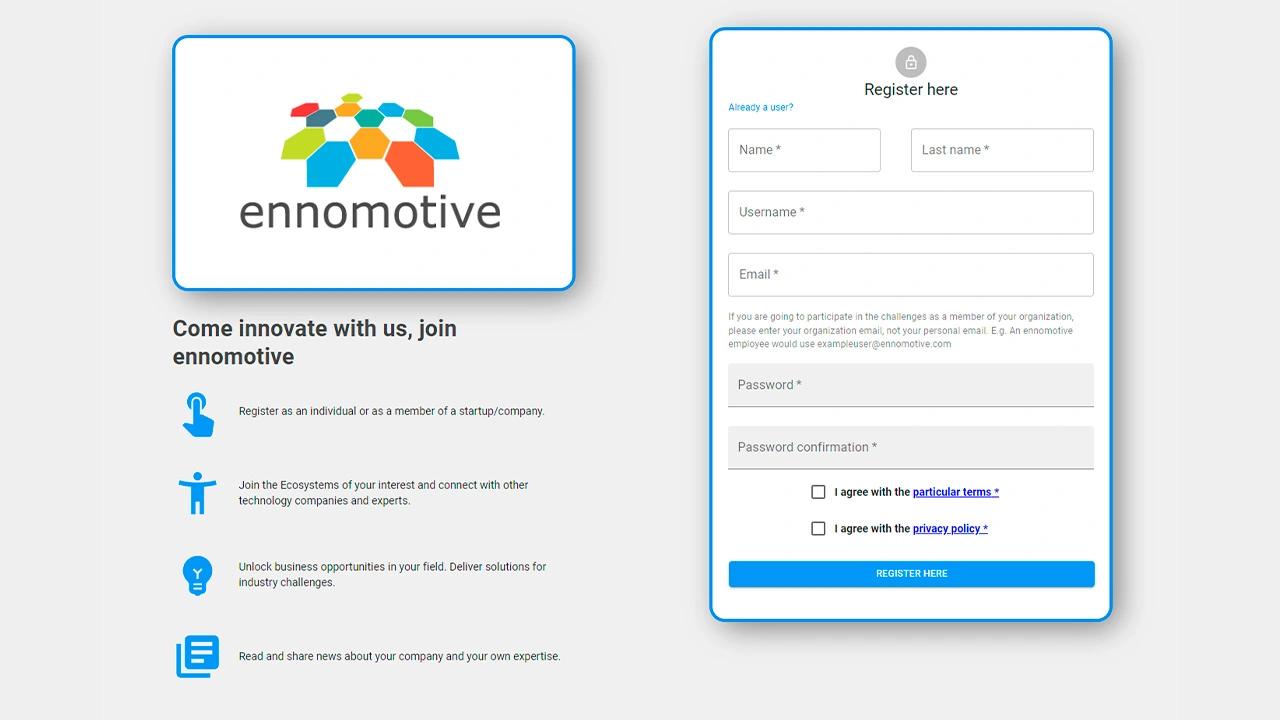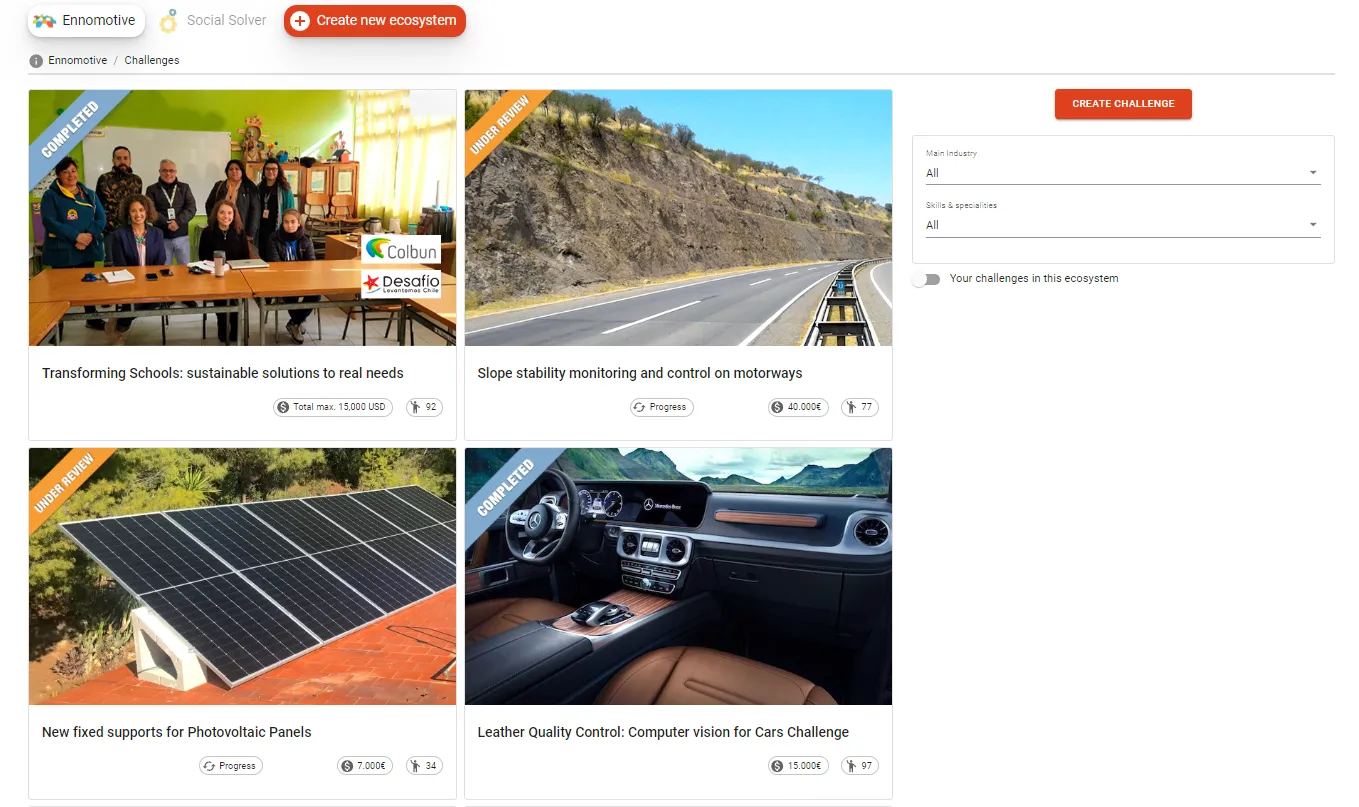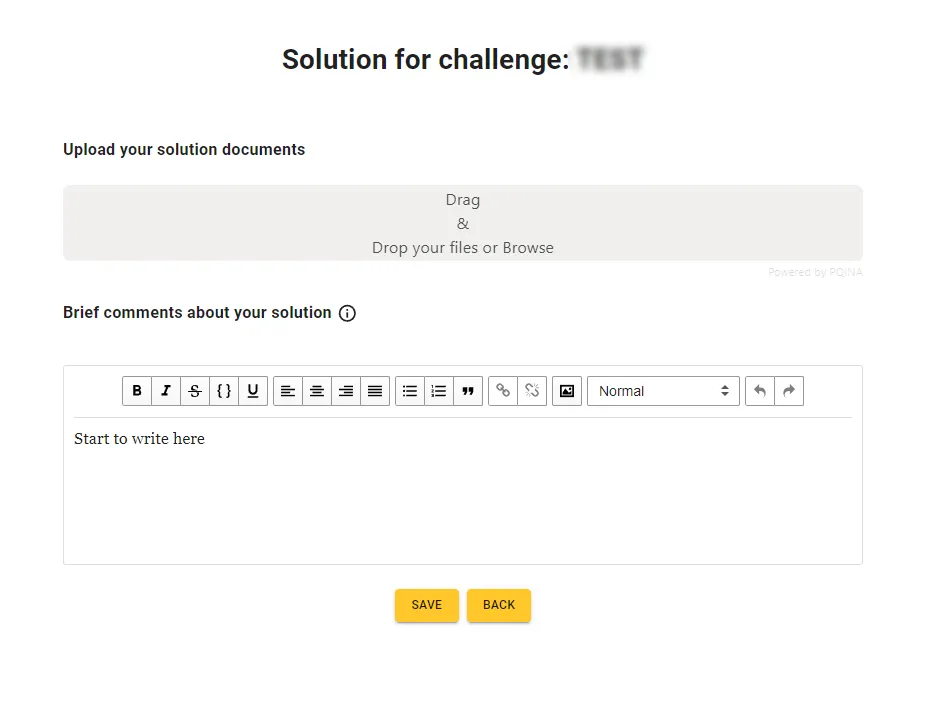Background
Grupo Antolin (GA) is one of the biggest manufacturers of car components in the world, as well as a global supplier of technological solutions for vehicle interiors. Among its clients, you can find most car manufacturers, including premium brands.
The company is a world leader in products such as ceilings, doors and instrument panels, consoles and lighting. With presence in 26 countries and more than 27,000 employees, Grupo Antolin is currently growing its product portfolio, always focused on the needs of the users of the future and the new mobility trends, closing important strategic alliances with technological partners worldwide.
The challenge
The selection of leathers for car interiors is done manually. This activity is therefore highly subjective and no technology is available to improve the quality/cost ratio and reduce human error.
The main difficulty lies in the "identification of defects", especially those hidden on the surface, and their classification according to the required quality in each area of the car's interior.
The current process is as follows:
- The tanneries (leather suppliers) treat the whole cowhide (about 4 m2) and emboss it to hide defects, using the same pattern as the plastic parts of the car interior.
- Once in the GA plant, the defects identified in the complete hides are visually inspected and marked manually (with a marker pen). The operators use process stations with artificial light of different types, intensity and position to detect the different types of defects.
- A camera digitisation system transfers the defects and the contours of the hide to the software on the cutting table. With this data, the geometry of the parts to be trimmed is adapted to each individual "cow" in order to optimise its utilisation.
The operators are provided with "grey book" notebooks specifying which defects are allowed (and which are not allowed) for each manufacturer and area of the car. For example: a skin scar of less than 2 cm would be allowed in the lower steering wheel area for a given manufacturer.
GA has made some progress and has a library with 600 physical samples (pieces of skin of 20x20 cm approx.) and digitised, with the different defects catalogued, in all types of skins and patterns; and the parameters with which the digitisations have been carried out. To obtain these photos, a professional camera was used with different focuses and illuminations, and 90% of the catalogued defects were visually detected. However, it is not a condition that the future system will use cameras; in fact, alternative technologies are being considered.
In the PDF document "Annex I ENG", attached to this challenge, and downloadable upon registration, you can see photographs of the current process and some examples of the types of skin defects digitised.
What the customer is looking for
Grupo Antolin is looking for efficient alternatives to manual inspection of hides in order to minimise errors in the identification of defects.
The main objective is to define and validate, by means of a demonstrator, a system for detecting defects in leather (by means of artificial vision, scanner, ...), and its cataloguing according to manufacturers' specifications. This system must be capable of learning and improving its efficiency.
Due to the complexity of the challenge, an operator assistance system would be acceptable in a first stage, to reduce the inspection time of a skin to less than 2 minutes with a reliability of at least 80%. The ultimate goal would be to achieve the highest possible detection capability.
The proposed solution should include:
a. Pre-design of a system for the detection of non-quality defects in leather (cow) hides. This solution would be composed of different elements:
- Defect detection system and hardware requirements
- Processing station(s)
- Lighting system
- Defect detection system and hardware requirements
- Number and quality of images required
- Algorithms to be used and evidence of successful use in a similar documented process.
b. Expected results:
- Types of defects detected (a priori) on the catalogue of defects.
- Percentage of successes (estimated)
- Expected cycle time
c. Offer to carry out a pilot test. This offer must specify
- Specification of how it is proposed to conduct the pilot test:
- Scope of the test.
- Specification of the SW to be developed in the test.
- Minimum equipment required for the pilot test (and estimated cost)
- Estimated time duration of the test and planned milestones
- Specification of the level of support offered by the originator
- Budget, to be defined by the author (a priori the €15,000 prize will be considered, but the amount is not closed to this amount).
- Conditions of the pilot test:
- The cost of all the required equipment (cameras, lighting...) is not included in the 15.000€.
- The demonstrator will be installed in Valladolid (Spain) although the technology will later be implemented worldwide.
- Other commercial conditions to be determined by the participant
Evaluation criteria
Proposals will be evaluated according to the following criteria:
- Evidence of system feasibility (maturity of the solution, reliability).
- Simplicity of the solution (space requirements, usability, equipment requirements, etc.) and ease of implementation.
- Shorter expected cycle time
- Lower estimated costs of the solution
- Proprietary or external technology.
This is a 1 round tournament with the following submissions:
- A DOSSIER in PDF that includes points a, b and c described above.
- Finalists will be able to submit the proposal to the Grupo Antolin team online.
Tournament structure and schedule
This is a 1-round challenge with the following deadlines:
- 8 weeks for submission (the deadline is March 29, 2022)
- 4 weeks for evaluation
The start of the pilot will be agreed with the winner and will take place from May 2022.
Confidentiality
According to general terms and conditions. The particular conditions established by Grupo Antolin must also be complied with:
- Without the written authorisation of ENNOMOTIVE, the participant may not partially or totally delegate their activities related to the resolution of the challenge to third parties, in accordance with the general terms and conditions previously accepted by the participants.
- When several people wish to participate in a team challenge, all of them must join the challenge individually, thus accepting the particular conditions that grant access to the challenge information. The solution can be published by any of them as long as the document contains the names of the team members.
- If, despite the PARTICIPANT's obligation to keep the challenge information confidential, by accident or other involuntary causes, any data should be disclosed to third parties, the PARTICIPANT shall inform ENNOMOTIVE thereof, and ENNOMOTIVE shall contact GA without delay.
Intellectual Property
According to general terms and conditions. The particular conditions established by Grupo Antolin must also be complied with:
- The ownership of the IP and the assignment or not of rights of use of the solution will be defined by the participant in their proposed solution (in the event that this is not mentioned, the assignment of rights of use for Grupo Antolin will be considered and the IP will be the property of the author).
- In the event that information or knowledge of third parties is included in the solution, you must have express authorisation to do so. This authorisation must also be attached to the solution and uploaded to the platform. The use of third-party commercial tools or free SW, commonly used in the industry, does not require this authorisation.
- Any third party IP rights or licences necessary to reproduce the proposed solution in any way must be mentioned immediately, indicating the owner and any conditions of use of such IP rights.



